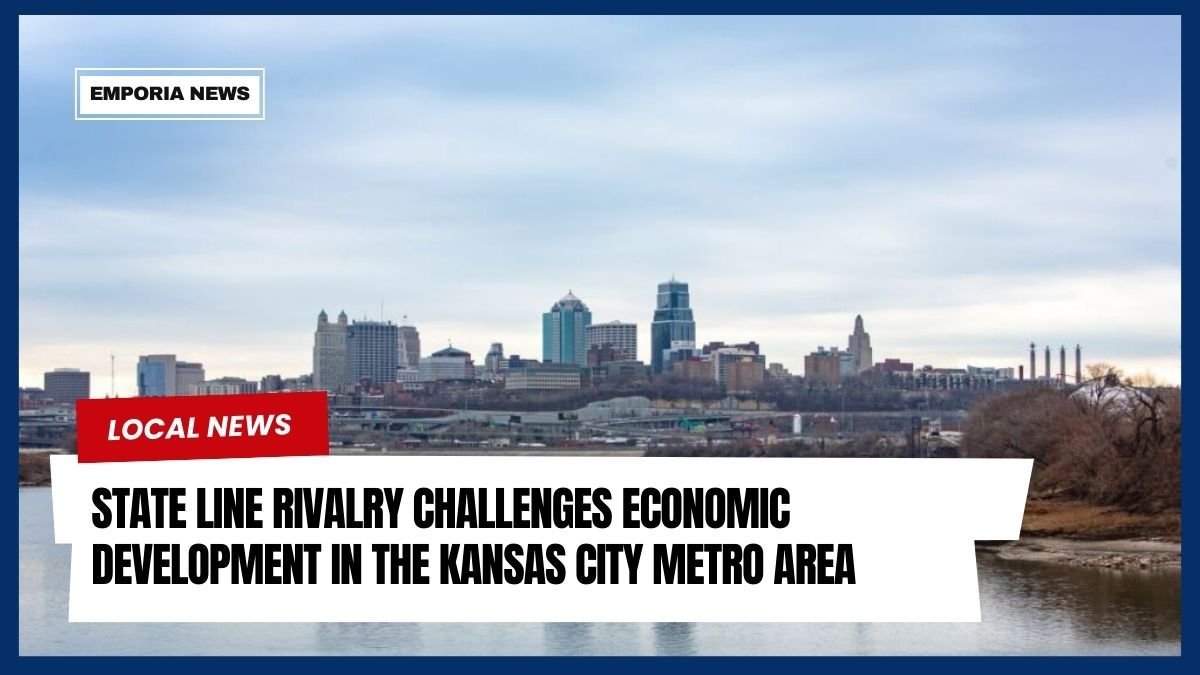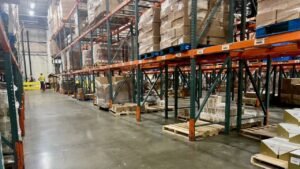More than five years ago, the states of Kansas and Missouri put an end to a long-standing rivalry. For years, both sides of the Kansas City metro area engaged in intense competition, offering substantial incentives to lure businesses just a few miles across the state line.
These efforts, while aggressive, often led to no net gain in jobs for the region. Instead, they drained millions of dollars in tax revenues—funds that could have been used to improve education, infrastructure, and public safety.
In 2019, recognizing the futility of this approach, the governors of both states agreed to a truce, effectively halting the so-called “race to the bottom.” Since then, economic development leaders have largely credited this agreement with fostering a more strategic and collaborative approach to regional growth.
Why the Truce Works
Tim Cowden, president and CEO of the Kansas City Area Development Council (KCADC), emphasized the shift in focus brought about by the truce.
“Missouri and Kansas have been able to direct their resources toward creating new opportunities for the region,” Cowden explained, “instead of wasting time and money competing for businesses to relocate across the state line.”
A recent study by Brookings Metro underscores the importance of this collaboration. The report highlights the unique economic integration of the Kansas City region, where economic output is evenly split between Kansas and Missouri. This balance is rare among other multistate metro areas. Furthermore, the region’s contributions significantly enhance each state’s economy—accounting for nearly 25% of Missouri’s total GDP and over 33% of Kansas’s GDP.
Amy Liu, a senior fellow at The Brookings Institution, noted that both states are deeply interdependent on the success of the Kansas City metro, emphasizing the need for continued cooperation.
Bridging the Divide: Collaboration Over Competition
With 14 counties, 119 cities, and a dividing state line, Kansas City’s metro region faces unique challenges in presenting a unified front for business attraction. Despite these hurdles, KCADC has focused on erasing those lines in their efforts to bring companies to the area.
Joe Reardon, CEO of the Greater Kansas City Chamber of Commerce, highlighted a key shift in business priorities:
“Companies today are more concerned about the availability of a skilled workforce than tax incentives,” he said.
However, incentives are still occasionally used to attract businesses. Greg Kindle, CEO of the Wyandotte Economic Development Council, explained that such deals are now typically initiated by the businesses themselves.
For instance, Mies Family Foods recently decided to relocate from Missouri to Kansas, driven by proximity to the owners’ home and a standard tax abatement offer. This move resulted in a $15.6 million investment and will bring 51 employees to Kansas while generating $200,000 annually in taxes once the abatement expires.
Sports Rivalries and Regional Unity
While the truce has largely held, high-stakes situations—such as the future locations of the Kansas City Chiefs and Royals—test its resilience. After Jackson County voters rejected a sales tax proposal to fund new stadiums, Kansas legislators offered attractive STAR bond incentives to entice the teams across the state line.
Despite these tensions, leaders stress the importance of keeping the teams in the Kansas City region, regardless of which state they ultimately choose. Amy Liu emphasized that the region benefits collectively, whether the teams’ facilities are in Kansas or Missouri.
World Cup 2026: A Model for Regional Cooperation
The upcoming World Cup matches in Kansas City demonstrate the potential of regional collaboration. In 2022, Kansas and Missouri successfully campaigned to make the city one of 11 U.S. hosts for the event. Missouri pledged $52 million, while Kansas committed $28 million over two years to finance the event.
With an anticipated influx of 650,000 fans, the economic benefits will ripple across both states. Efforts led by the nonprofit organization KC2026 are ensuring the region’s infrastructure is prepared for the event. The organization aims to double public transit capacity temporarily and enhance security measures to accommodate the large crowds.
Pam Kramer, CEO of KC2026, highlighted the broader implications:
“Our goal is to use the World Cup as a blueprint for improving regional transit and showcasing how Kansas City thrives when jurisdictions work together.”
Key Contributions of the Kansas City Metro
| Contribution | Kansas City Region Impact |
|---|---|
| Missouri’s GDP Contribution | 25% |
| Kansas’s GDP Contribution | 33% |
| Estimated World Cup Impact | $650 million |
| Anticipated World Cup Fans | 650,000 |
This approach highlights the evolution of Kansas City’s economic strategies and its success in fostering collaboration over competition.




